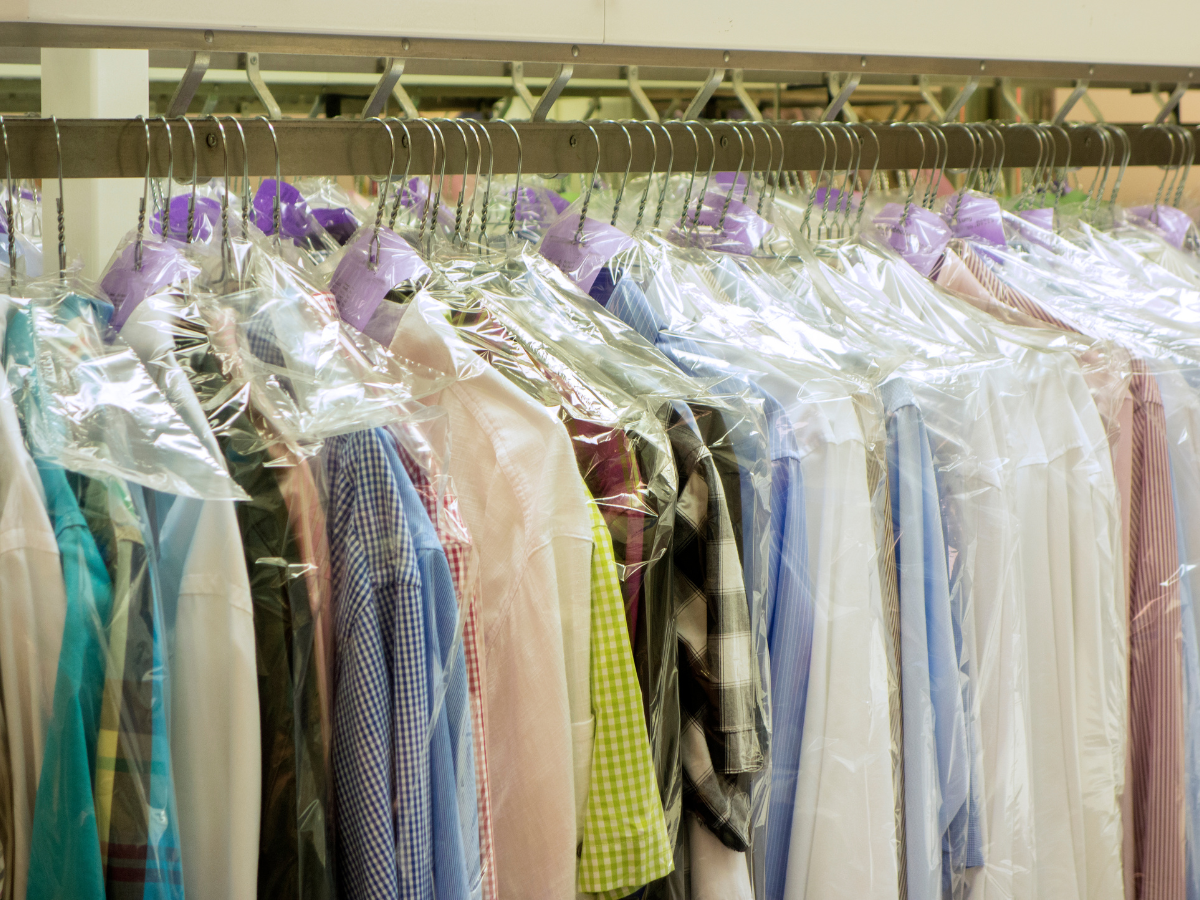Dry Cleaning: How Does it Work?
When water and soap fail to remove a stubborn stain from your cherished garments or if the fabric does not absorb water properly, it is time to consider dry cleaning services. If this is your first time seeking the assistance of professional dry cleaners, you may be curious about how dry cleaning works, how long it takes, and how effective it is. You must know the answers to these questions and some fundamental facts about dry cleaning services to ensure that you are making the best option.
What Does Dry Cleaning Do?
Dry cleaning is the process of cleaning textiles without using water. It entails a cleaning procedure that is normally reserved for delicate clothing that you cannot wash in a regular washing machine.
What Is the Process of Dry Cleaning?
Dry cleaning involves placing sensitive clothing into a particular machine and cleaning it with a special liquid solvent. The cleaners will perform a post-spotting after the cleaning procedure to ensure that all stains have been cleaned and pressed.
What Chemicals Are Used in Dry Cleaning?
Dry cleaning chemicals have changed over time. People used ammonia in the past, then moved to gasoline and kerosene. Cleaners began utilizing perchloroethylene, or “perc,” in the 1930s because gas and kerosene are exceedingly combustible. Perc is a chlorinated solvent that is helpful in cleaning clothes with minor stains. This is still used by many cleaners today.
However, Perc is a poisonous toxin that harms both people and the environment. Skin irritation, lung irritation, sleepiness, nausea, dizziness, and headache have been associated with long-term exposure to Perc.
The US Environmental Protection Agency began regulating Perc after noticing its detrimental effects on the environment and people exposed to it. They urged firms to use cleaning solutions that are both safe and environmentally friendly.
How Long Does It Take To Dry Clean?
According to dry cleaners in Farmington, cleaning time varies depending on the material and how dirty the clothing is, but it usually takes three to four hours.
What To Expect When You Bring Your Clothes to a Dry Cleaners
- Tagging and inspecting garments – This is the first step taken by each dry cleaning service. Tagging ensures that the item can be easily identified. The cleaner will inspect the item for any loose buttons, zippers, or tears after labeling it. So, if there are any damages, cleaners will not be held liable.
- Clothes pre-treatment – Before putting the clothes in the machine, the cleaner will inspect them for stains and pre-treat them to make removal easier.
- Dry cleaning procedure – Involves placing clothes in a machine with an effective solution to clean them.
- Clothes post-spotting: This is a quality inspection. The cleaners will inspect the clothes once more for any remaining stains.
- Finishing process – Folding, pressing, steaming, and packaging are examples of finishing processes.
How To Get the Most Out of Your Dry Cleaning Service
Always read the labels on products.
This one may seem self-evident, but many individuals ignore or even take off the labels on their apparel. To ensure there will be no mistakes, your dry cleaner should always read the labels before washing, but you can also call their attention if you have any particular care recommendations.
Do not attempt to remove your own stains.
Trying to remove a stain from clothes by yourself when we spill anything or detect a spot is tempting. You can avoid this temptation by taking it straight to the dry cleaners. You’re much more likely to aggravate the situation by pressing the oil, dye, or food further into the fabric, making removal even more difficult or impossible.
During drop-off, be sure to point out any stains.
Always point out and identify stains so the cleaner can mark and handle them properly before washing.
Note any special buttons or embellishments.
Delicate buttons or embellishments on some clothing need extra attention. Because you’ll presumably be dealing with a desk clerk who won’t be doing the cleaning, point them out and ask if they can be protected or removed while being cleaned. That said, inquire if it’s a part of their service to reattach those buttons if removed.
Make special requests in advance .
When dropping your clothes off in the dry cleaners, highlight any stains, sensitive fabrics, or embellishments. Don’t take chances or assume that everything will be refined throughout the dry cleaning procedure. Conversation with your cleaner will yield much better outcomes, which you and your clothes will genuinely appreciate.
Key Takeaway
Clothing and other fabrics that cannot resist the rigors of a conventional home washer and dryer are often dry-cleaned. This procedure maintains most materials’ favorable properties while preventing shrinking and stretching. Fortunately, having dry cleaners within your location is a big helping hand in ensuring that your delicate clothes are handled meticulously by professional cleaners who are experts in this field.

